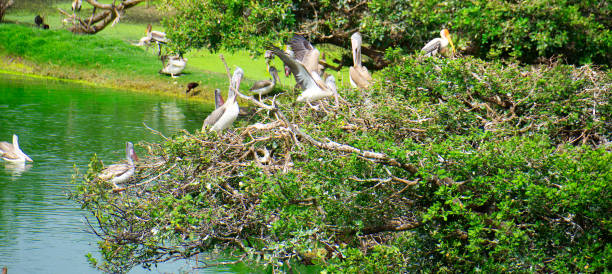Australia is renowned for its diverse wildlife and stunning landscapes, making it a top destination for wildlife enthusiasts. From kangaroos and koalas to unique bird species, the country boasts an array of national parks that offer rare glimpses of its natural inhabitants. This article will highlight some of the best national parks across Australia where wildlife lovers can immerse themselves in nature and have unforgettable experiences.
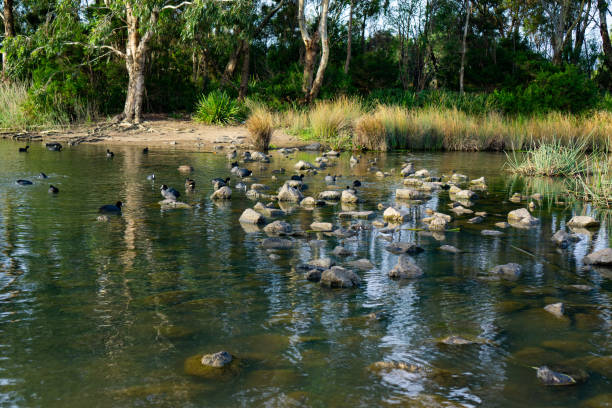
1. Kakadu National Park
Kakadu National Park is a UNESCO World Heritage Site located in the Northern Territory. Spanning over 20,000 square kilometers, Kakadu is home to an incredible diversity of wildlife, including saltwater crocodiles, hundreds of bird species, and various reptiles. The park features wetlands, rivers, and rugged terrains that create habitats for both common and rare species. Each season brings a different experience, with the wet season offering lush scenery and the dry season showcasing the park’s wildlife in action. Visitors can embark on guided tours or self-drive adventures to explore the iconic sites like Ubirr Rock and Nourlangie. Make sure to bring your binoculars and camera to capture the majestic beauty of this remarkable park.
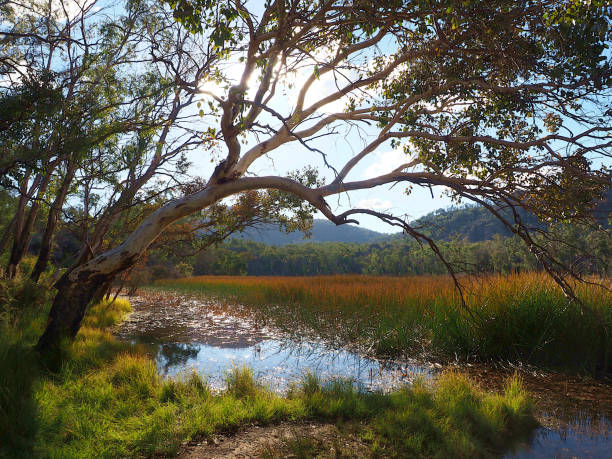
2. Daintree National Park
Daintree National Park in Queensland is one of the oldest rainforests in the world and is a haven for wildlife enthusiasts. With its rich biodiversity, the park is home to unique species such as the endangered cassowary and the elusive tree kangaroo. The Daintree River offers excellent opportunities for spotting crocodiles and a variety of bird species. Walking through the lush rainforest trails, visitors can learn about the park’s ecosystem and indigenous culture, making it an educational experience as well. The breathtaking scenery includes waterfalls, pristine beaches, and dense foliage, providing a picturesque backdrop for wildlife observation. A visit to Daintree is a must for anyone seeking to connect with nature and witness Australia’s unique flora and fauna up close.
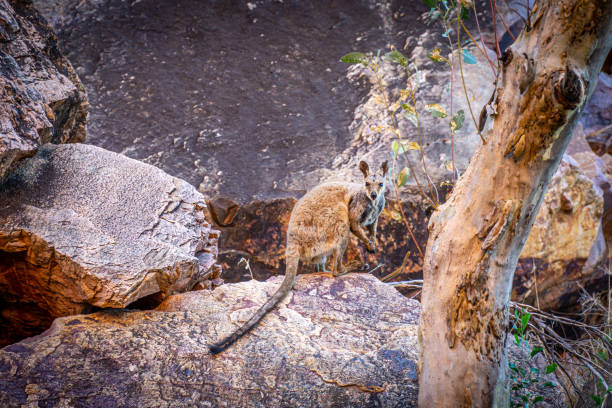
3. Wilsons Promontory National Park
Located at the southernmost tip of mainland Australia, Wilsons Promontory National Park is famed for its stunning coastal landscapes and abundant wildlife. The park supports a wide range of mammals, including kangaroos, emus, and possibly the occasional wombat. The hiking trails present an opportunity to explore their habitats in a serene setting, often alongside beautiful beaches and granite mountains. Wildlife enthusiasts might also discover sea-life in tide pools or sunbathing seals along the coastline. Birdwatchers will be thrilled by the chance to spot species unique to the region. Wilsons Prom is a prime destination for both camping and day trips, making it easy to spend ample time immersed in natural beauty.
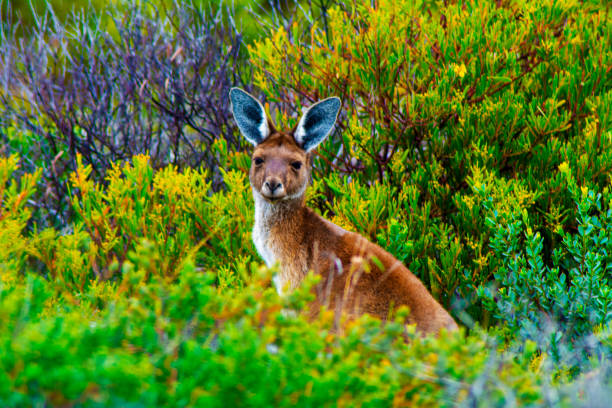
4. Flinders Ranges National Park
Flinders Ranges National Park in South Australia presents a rugged landscape that is home to diverse wildlife such as kangaroos, emus, and over 120 bird species. The ancient mountains and dramatic gorges create an unforgettable backdrop for wildlife watching. The park offers various walking and hiking trails that cater to different skill levels, allowing visitors to explore its rich natural heritage and geological formations. A highlight of the park is Wilpena Pound, a natural amphitheater teeming with flora and fauna. Spend the night camping under the stars to experience the park’s nocturnal wildlife, including possums and owls. Flinders Ranges is perfect for those looking to combine outdoor adventure with wildlife observation in the beautiful Australian outback.
5. Great Otway National Park
Great Otway National Park is a renowned destination on Victoria’s coast, characterized by its lush rainforests, towering waterfalls, and coastal landscapes. The park is not only picturesque but also hosts an array of wildlife, including koalas and a variety of bird species. One of the park’s major attractions is the chance to see the nocturnal glowworms illuminating the dark caves. Visitors can engage in a variety of activities such as hiking, scenic drives, or simply enjoying a picnic amidst breathtaking scenery. The park’s extensive network of trails provides unique opportunities to explore its diverse habitats and see wildlife in their natural environment. Whether you’re trekking along the lush coastline or venturing into the rainforest, Great Otway National Park offers a wildlife experience that is truly magical.
Conclusion
Australia is a treasure trove of national parks that offer wildlife enthusiasts the opportunity to observe unique species in their natural habitats. From the vast landscapes of Kakadu to the ancient rainforests of Daintree, each park has its own distinct ecosystem and charm. Whether you are an avid birdwatcher or simply looking to enjoy the beauty of nature, these parks promise unforgettable adventures filled with wildlife encounters. Pack your bags, grab your camera, and immerse yourself in the incredible biodiversity that Australia has to offer.
FAQs
1. What is the best time to visit Australian national parks for wildlife viewing?
The best time varies by park, but generally, the dry season (May to October) is ideal for wildlife viewing as animals are more active and visible during this period.
2. Are there guided tours available for wildlife watching in these parks?
Yes, many national parks offer guided tours led by experienced wildlife guides, providing in-depth knowledge and enhancing the overall experience.
3. Can I camp in these national parks?
Yes, most parks have designated camping areas, allowing you to immerse yourself in nature overnight and experience wildlife up close.
4. What safety precautions should I take while observing wildlife?
Always maintain a safe distance from wildlife, follow park guidelines, and be cautious of your surroundings to ensure both your safety and that of the animals.
5. Are pets allowed in these national parks?
Pets are generally not allowed in national parks to protect native wildlife and the natural environment. It’s best to check specific park policies before planning your visit.
